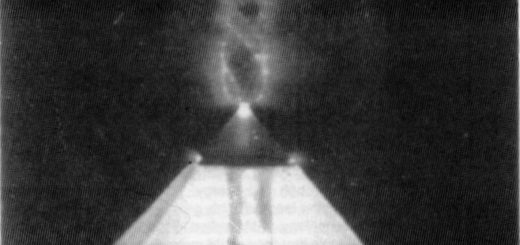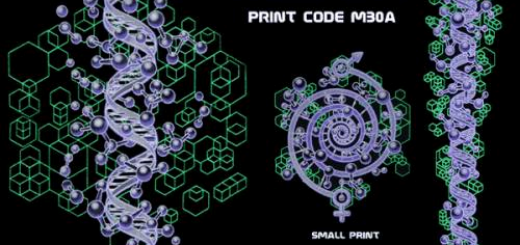World’s Thinnest Hologram Has Been Created – It’s 1,000 Thinner Than A Human Hair!
– It’s just a matter of time before 3D holograms will be just as common as cell phones, computers and tablets. Those who watch sci-fi movies like Star trek and Star Wars are familiar with holographic technology, but make no mistake about it, this cutting-edge technology advances faster than many expected.
Scientists have created the world’s thinnest hologram leading the way towards the integration of 3D holography into everyday electronics like smart phones, computers and TVs.
The nano-hologram is 1,000 times thinner than a human hair! It’s simple and can be viewed without 3D goggles.
A hologram is a physical structure that diffracts light into an image. The term ‘hologram’ can refer to both the encoded material and the resulting image.
Typically, a hologram is a photographic recording of a light field, rather than of an image formed by a lens.

The nano-hologram was developed by a an Australian-Chinese research team, led by RMIT University’s Distinguished Professor Min Gu. The research team has broken the thickness limit with a 25 nanometre hologram based on a topological insulator material – a novel quantum material that holds the low refractive index in the surface layer but the ultrahigh refractive index in the bulk.
The topological insulator thin film acts as an intrinsic optical resonant cavity, which can enhance the phase shifts for holographic imaging.
“Conventional computer-generated holograms are too big for electronic devices but our ultrathin hologram overcomes those size barriers.
Our nano-hologram is also fabricated using a simple and fast direct laser writing system, which makes our design suitable for large-scale uses and mass manufacture.
From medical diagnostics to education, data storage, defence and cyber security, 3D holography has the potential to transform a range of industries and this research brings that revolution one critical step closer, “Professor Min Gu said.
“The next stage for this research will be developing a rigid thin film that could be laid onto an LCD screen to enable 3D holographic display.
This involves shrinking our nano-hologram’s pixel size, making it at least 10 times smaller.
But beyond that, we are looking to create flexible and elastic thin films that could be used on a whole range of surfaces, opening up the horizons of holographic applications,“ Dr Zengji Yue, who co-authored the paper with BIT’s Gaolei Xue, said.



 Creators of mankind
Creators of mankind Description of “Tall white aliens”
Description of “Tall white aliens” Where they came from?
Where they came from? About hostile civilizations
About hostile civilizations The war for the Earth
The war for the Earth “Tall white aliens” about eternal life
“Tall white aliens” about eternal life Video: “Nordic aliens”
Video: “Nordic aliens” Aliens
Aliens Alien encounters
Alien encounters The aliens base
The aliens base UFO
UFO Technology UFO
Technology UFO Underground civilization
Underground civilization Ancient alien artifacts
Ancient alien artifacts Military and UFO
Military and UFO Mysteries and hypotheses
Mysteries and hypotheses Scientific facts
Scientific facts


















